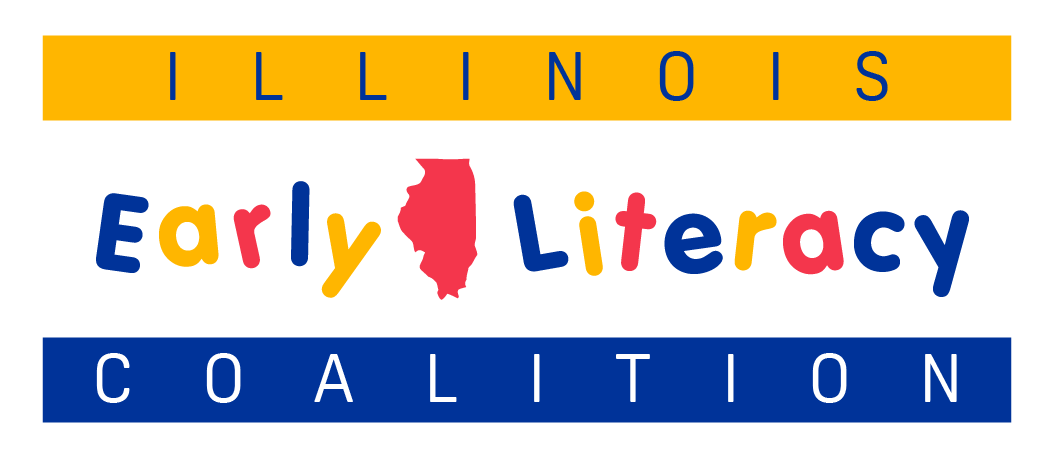About Literacy
“Once you learn to read, you will forever be free.” –Frederick Douglass
Literacy is foundational to life, liberty, citizenship, and democracy. Among the many priorities of public education, none is as important as literacy. Reading is about more than curling up with a good book in bed; it’s about finding housing and employment, participating in our own medical decisions, understanding our rights, supporting our children’s education, being engaged community members, and accessing information that informs our lives. (Also, it’s about curling up with a good book.)
Learning to read has been likened to accomplishing a “neurological backflip.” While our brains are hard-wired to learn spoken language, reading is a complex skill that involves – and re-wires – multiple areas of the brain. Children learn to speak simply by being exposed to language, but for most children, learning to read well requires explicit instruction.
What the Science Says About How Kids Learn to Read
The Simple View of Reading says that reading comprehension is the product of the words one can recognize and the language one understands. Students need to have explicit, systematic, and comprehensive instruction to ensure they develop their skills in both areas: word recognition and language comprehension, along with instruction in writing, which is critical in itself and also enhances reading skills.
Too often, conversations about reading instruction are polarizing and simplistic. On one end of the spectrum is “whole language” instruction, which emphasizes surrounding children with literature and a love of reading without explicit instruction in foundational reading skills.. The other side of the spectrum might be thought of as structured phonics without exposure to rich vocabulary and vibrant literature. Neither approach alone constitutes a solid reading program.
